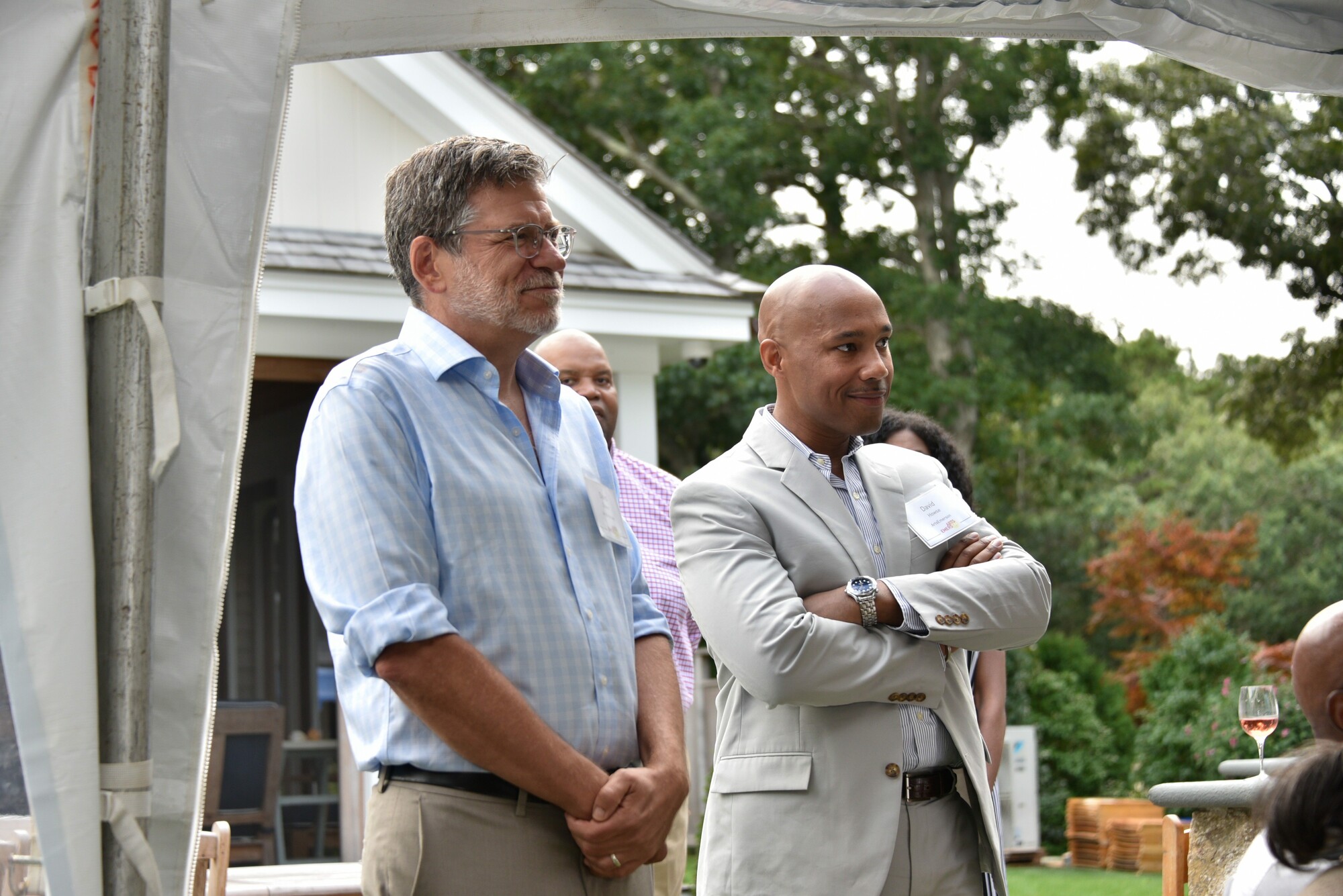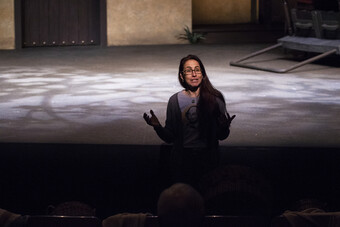We are in the midst of an historic shift in the North American theatre. Dozens of smart, capable, talented people are stepping into leadership positions for the first time in their careers. While many have been leading in areas both inside and outside their organizations, few have any direct experience at the helm of an institution the size they are about to take on. More importantly, the unprecedented length of tenure of many of the departing leaders means many of the institutions themselves—the staff, board, audiences, and funders—have very little experience with a transition at this level.
There is a lot at stake here. Not just for the individuals or the institutions directly engaged in transitions. These risks are ours as a field. If the institutions with incoming individuals—many of them women and people of color who have been long kept out of these roles—stumble, we open the door to old arguments about “readiness” and “qualified candidates” that have masked and abetted the dominance of the white male in our field.
I want to be clear that the underlying presumption is that the incoming leaders are qualified, talented, exciting hires. It is the readiness of the environments, and our readiness as a field to foster their success, that I speak of here.
One area of real abundance in our field is the accumulation of expertise among leaders who have been through it before. This expertise is a commons resource, already bought and paid for by philanthropic dollars and the tax exemptions of the nonprofit. As someone with nearly thirty years of leadership positions in the American theatre and four significant transitions of my own under my belt, I have been wondering how I can contribute.
This series is, I hope, one way. I’ve aimed to include conversations between a range of leaders, both incoming and outgoing, across a variety of contexts, as a means of supporting every single person and organization who find themselves in the middle of this historic moment. Here are some things I have learned.










Comments
The article is just the start of the conversation—we want to know what you think about this subject, too! HowlRound is a space for knowledge-sharing, and we welcome spirited, thoughtful, and on-topic dialogue. Find our full comments policy here
This is a great article, thank you, David. I have given a great deal of thought to where the leadership is going to come from in this important time for the nonprofit theatre and what can I do to support this big shift. I agree with many of the points you brought up. I think mentorship is so important for all theatre artists. I talk about it on my weekly radio show. I think these new Artistic Directors can't be afraid to ask for help and also can't be afraid to say "I don't know". Don't pretend that you have all the answers, but continue to search for the answers. I read a great article on the Ted Website Called "Five Types of Mentors You Need in Your Life" by Julia Fawal. I found it very helpful in my artistic leadership role.
Thanks, Zak. I'm glad to hear it resonated with you.
Beautifully articulated. Practical and psychologically nourishing. Thank you!